The given graph shows the changes in amount of solid wastes X, Y and Z dumped in an open ground over time. Select the incorrect statement regarding X, Y and Z.
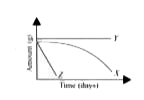
Z could be cooked rice whereas X could be jute bag.
X could be cotton cloth whereas Y could be metal can.
X could be metallic frame whereas Y could be newspaper
X could be wooden chair whereas Z could be vegetable peels or tea leaves.
The correct Answer is:C
According to the given graph, solid waste Z degraded drastically with time, so it can be cooked rice, vegetable peels or tea leaves. X degraded gradually with time, so it can be jutes bag, cotton cloth, newspaper or wooden chair. Y showed no degradation at all, so it can be metal can or metallic frame.
Topper's Solved these Questions
- NSO QUESTION PAPER 2019- 20 SET - BBook:SCIENCE OLYMPIAD FOUNDATION Chapter:NSO QUESTION PAPER 2019- 20 SET - BExercise:ACHIEVERS SECTION
Explore 2 Videos
- NSO QUESTION PAPER 2018-19 SET ABook:SCIENCE OLYMPIAD FOUNDATION Chapter:NSO QUESTION PAPER 2018-19 SET AExercise:LOGICAL REASONING
Explore 8 Videos
- NSO QUESTION PAPER 2019-20 SET ABook:SCIENCE OLYMPIAD FOUNDATION Chapter:NSO QUESTION PAPER 2019-20 SET AExercise:SCIENCE
Explore 3 Videos
Similar Questions
The distance-time graph Distance (m) of the motion of a cycle is shown here. Which of the following statements is/are correct regarding the given situation?
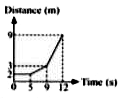
I. Cycle starts moving at 5 seconds. II. Speed of the cycle is maximum during time interval 9 seconds to 12 seconds. III. The average speed of cycle over a time period of 12 seconds is 2 m s−1
View SolutionA speed-time (v-t) graph of an object is shown in the figure
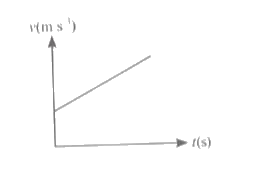
which of the following best describes the graph?
View SolutionRead the given statements and select the correct option.
Statement 1: Rechargeable batteries can be discharged by providing them suitable current. Statement 2: In a bulb, the filament is broken when a large current (beyond reference level) is passed through the bulb.
View SolutionD=|[(1)/(z),(1)/(z),-(x+y)/(z^(2))-(y+z)/(x^(2)),(1)/(x),(1)/(x)-(y(y+z)/(x^(2)z)),(x+2y+z)/(x)z,-(y(x+y)/(xz^(2))] then,the incorrect statement is -
View Solutiony+z,x,yz+y,z,xx+y,y,z]|=(x+y+z)(x-z)^(2)
View SolutionRefer to the given figure and select the correct option regarding X,Y and Z.

View SolutionThe given graph represents how three different living organisms (X,Y and Z) cope with the external environmental conditions. Study the graph and select the correct option regarding X,Y and Z.
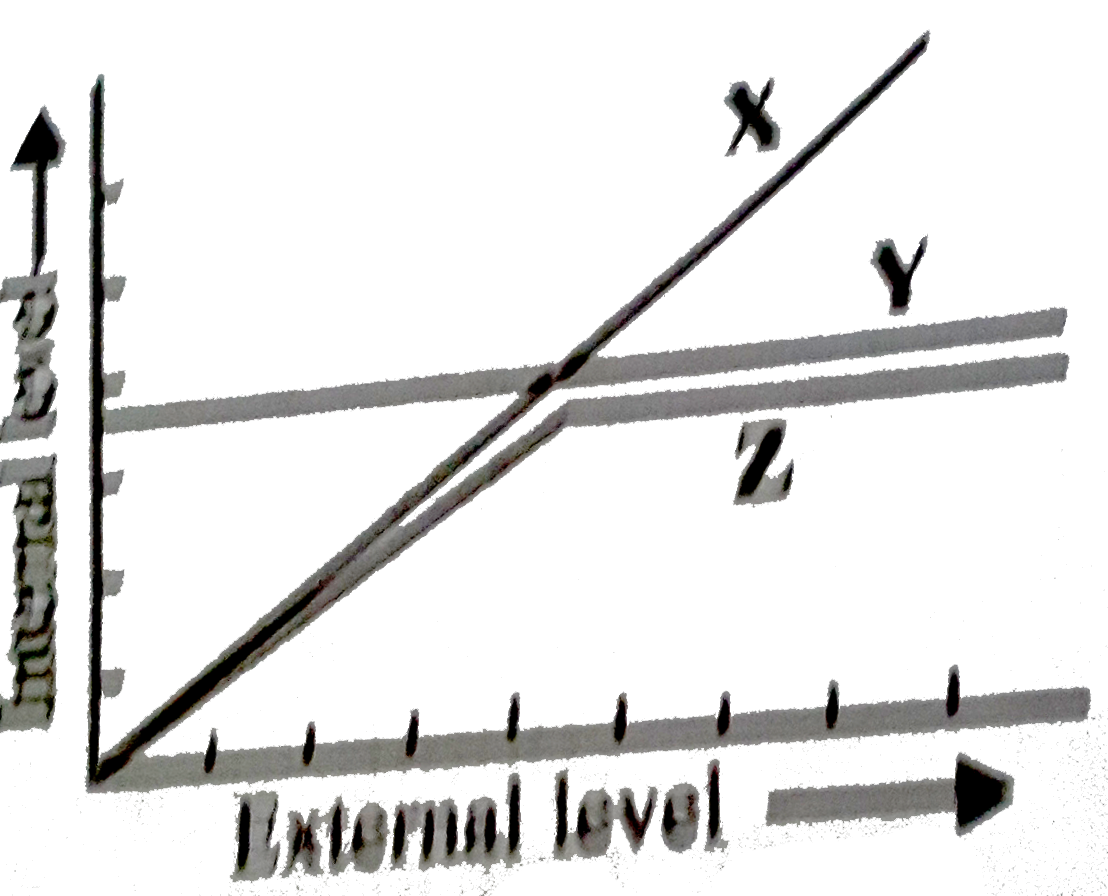
View Solutionदर्शाइये कि ∣∣ ∣ ∣∣a+xyzaa+yzxya+z∣∣ ∣ ∣∣=a2(a+x+y+z)
View SolutionShow that ∣∣ ∣ ∣∣x+yy+zz+xy+zz+xx+yz+xx+yy+z∣∣ ∣ ∣∣=2[3xyz−x3−y3−z3]
View Solution∣∣ ∣ ∣∣y+zxxyz+xyzzx+y∣∣ ∣ ∣∣=4xyz అని చూపండి.
View Solutionshow that ∣∣ ∣ ∣∣y+zxyz+xzxx+yyz∣∣ ∣ ∣∣=(x+y+z)(x−z)2
View SolutionRefer to the given figure and select the correct option regarding X,Y and Z.

View SolutionThe given graph represents how three different living organisms (X,Y and Z) cope with the external environmental conditions. Study the graph and select the correct option regarding X,Y and Z.

View SolutionThe given graph represents how three different living organisms (X,Y and Z) cope with the external environmental conditions. Study the graph and select the correct option regarding X, Y, and Z
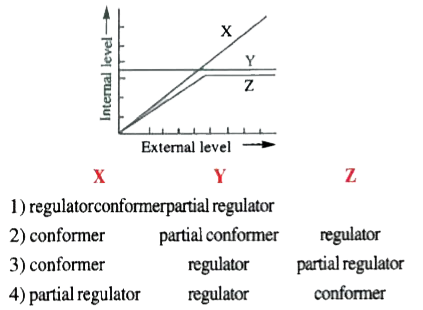
View SolutionIf xy+z−x=yz+x−y=zx+y−z and x+y+z=0 then show that each ratio is equal to .
View SolutionProve that ∣∣ ∣ ∣∣y+zxxyz+xyzzx+y∣∣ ∣ ∣∣=4xyz
View Solution

